Computational Gallery
Innovative computational strategies, incorporating unsupervised machine learning and advanced statistical modeling, are integrated with data visualization techniques to investigate the relationship between gene expression profiles and pathology in Parkinson's disease.
Navigate directly to a section:
Snapshots
Snapshots of various computational strategies and implementations help showcase research.
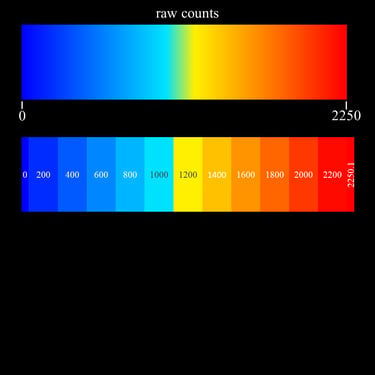

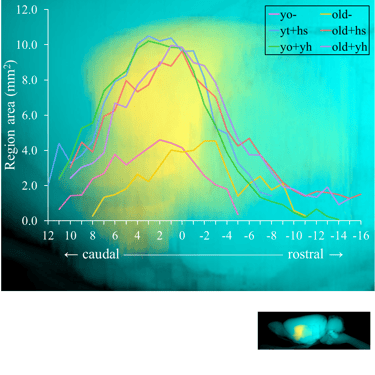
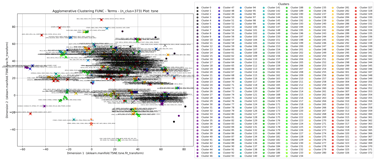



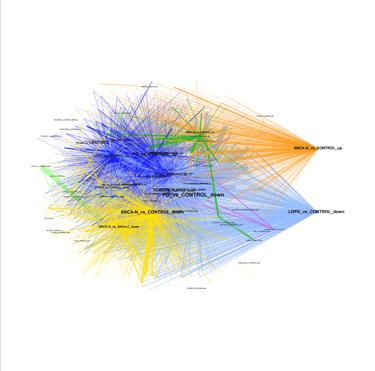
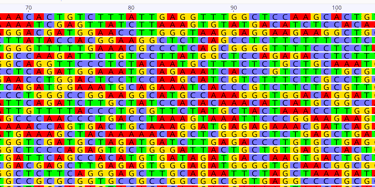
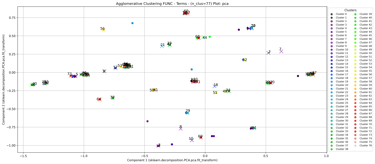
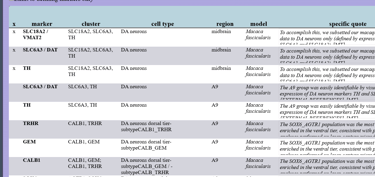
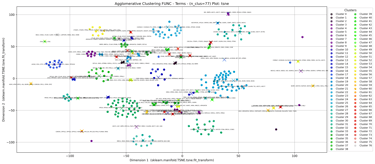
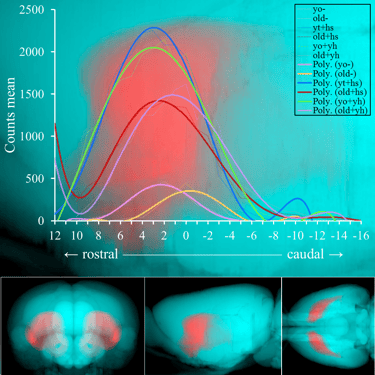
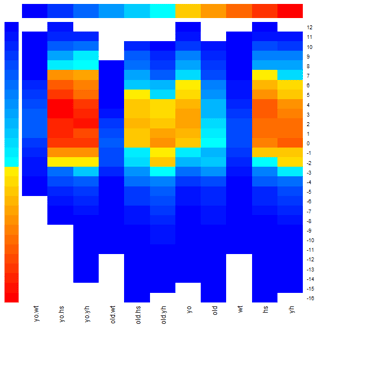
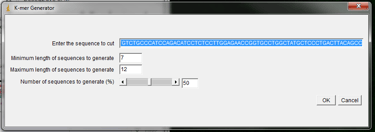
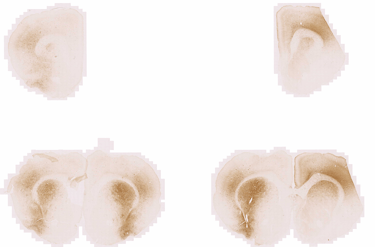
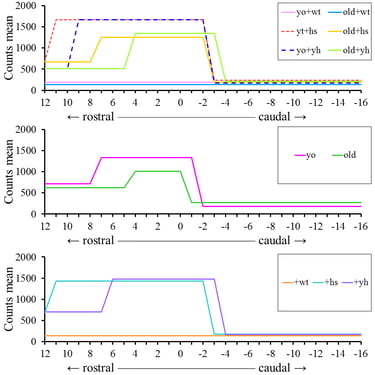

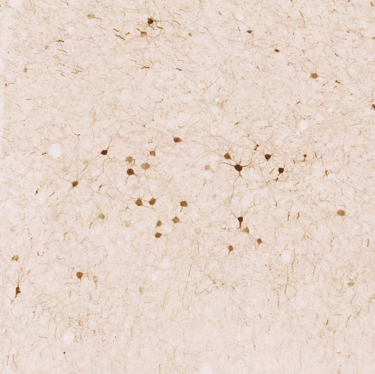
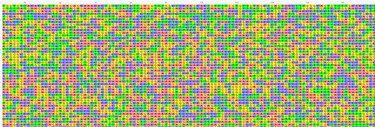
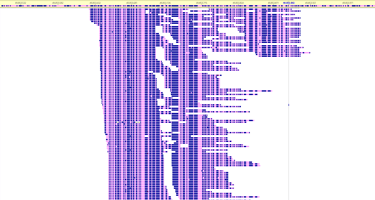

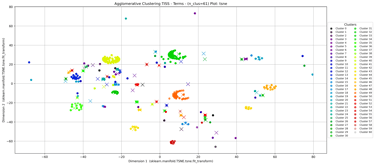
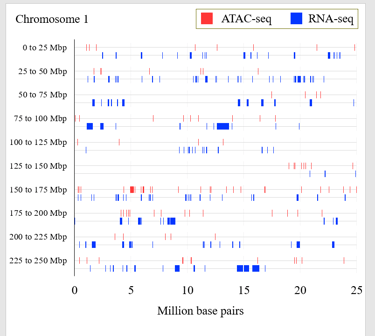
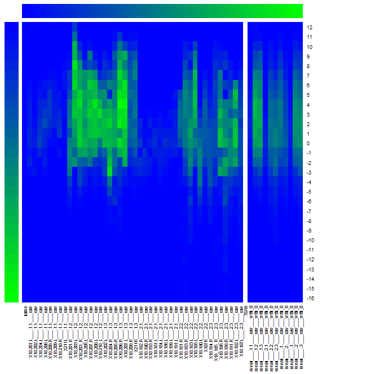
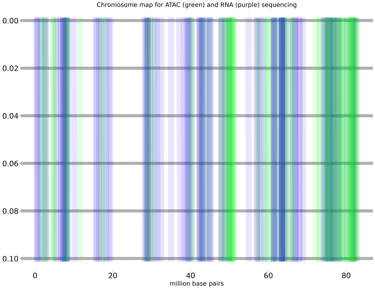
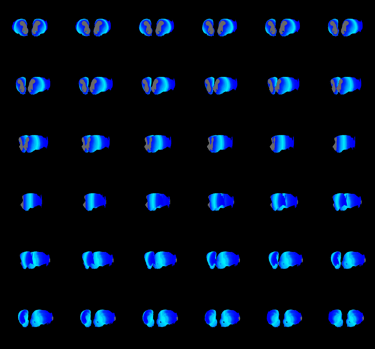

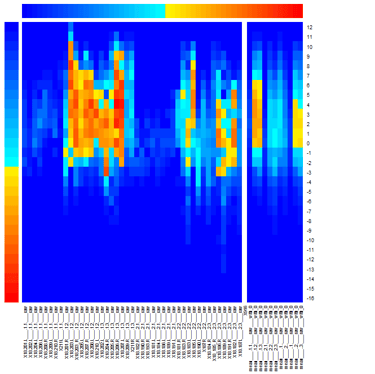
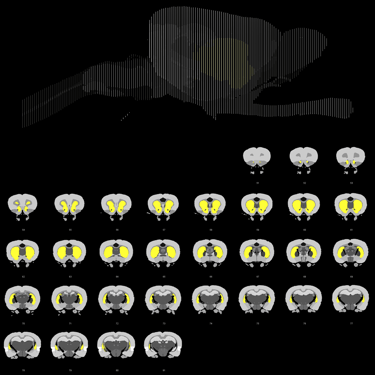
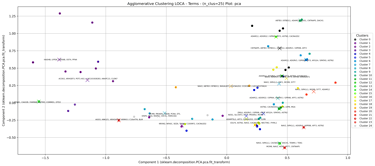
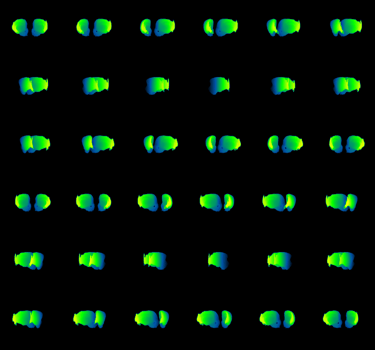
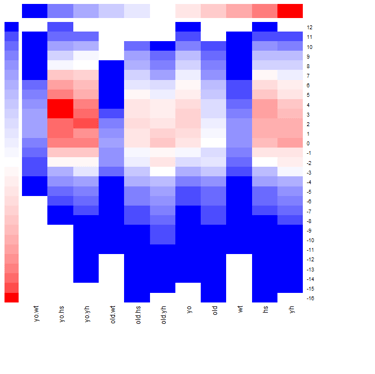
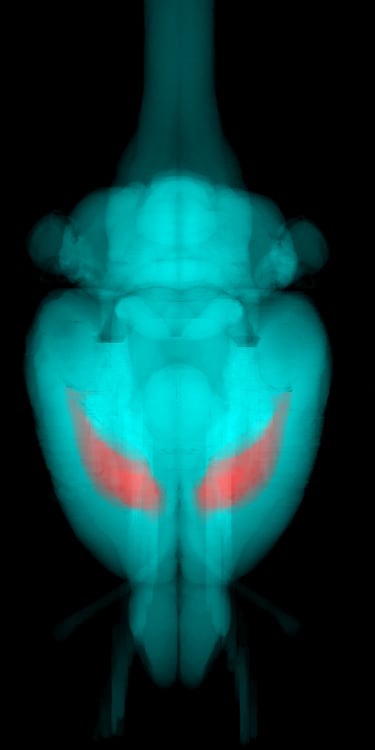
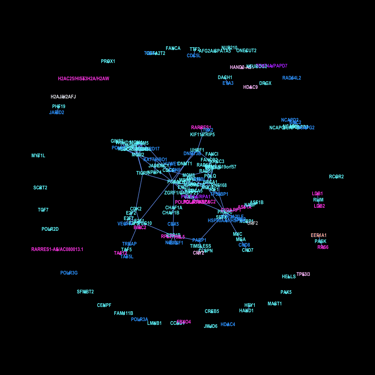
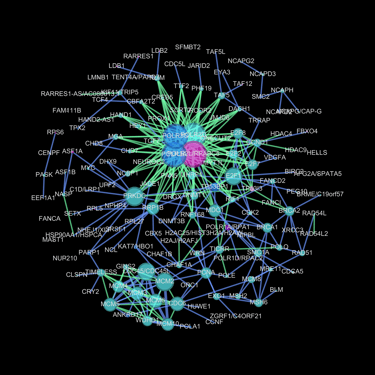
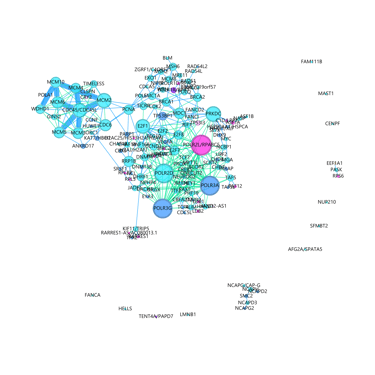
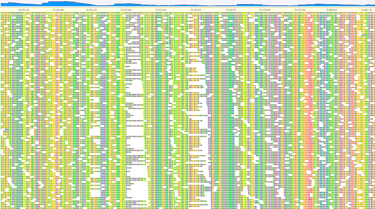
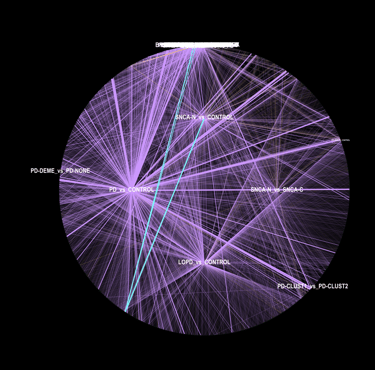
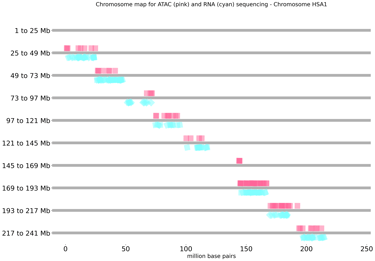
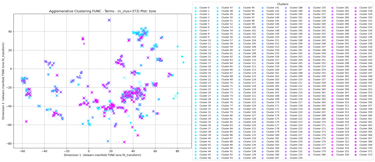
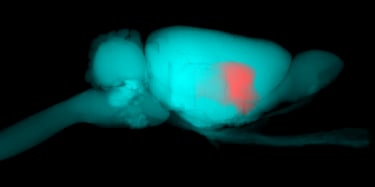
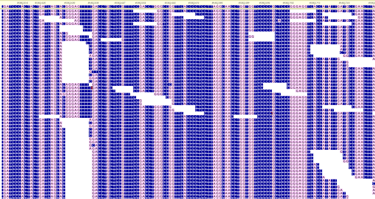
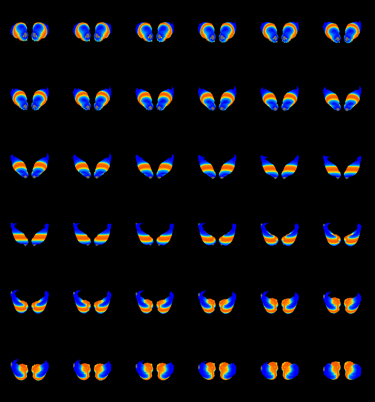
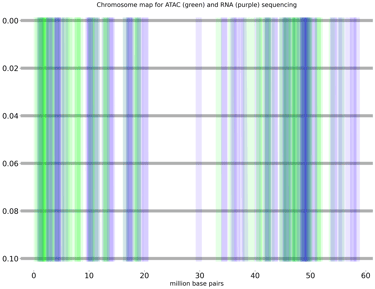
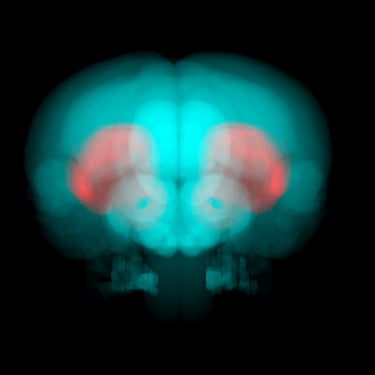
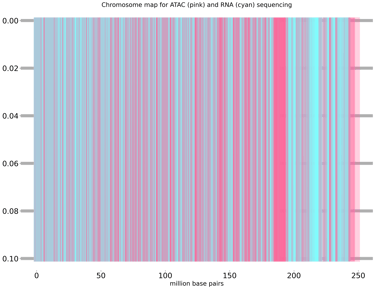
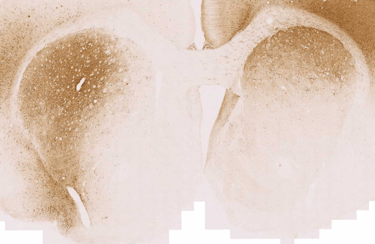
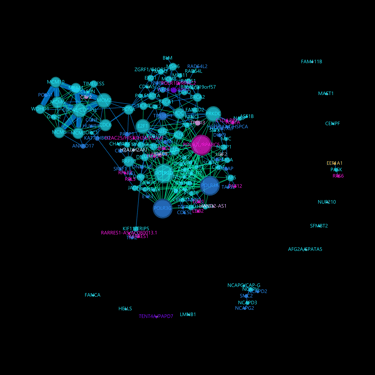
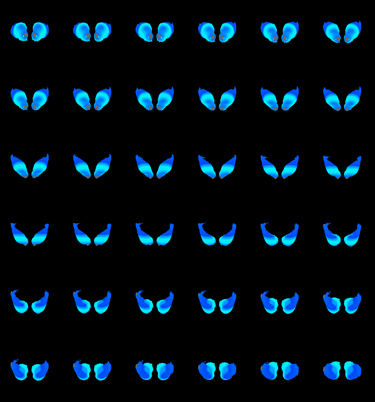
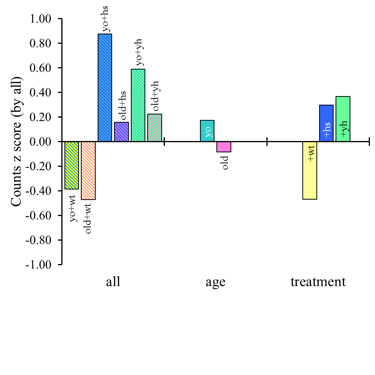
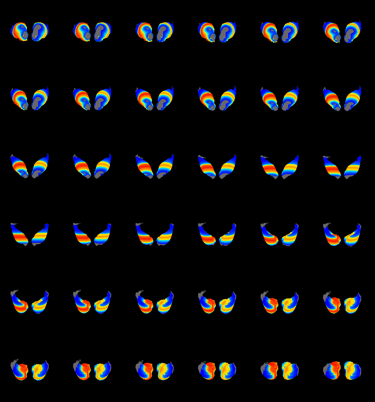
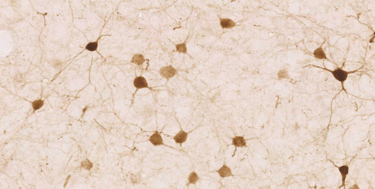
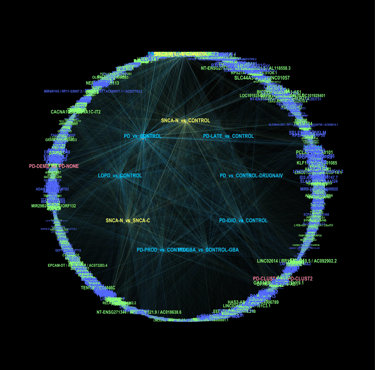
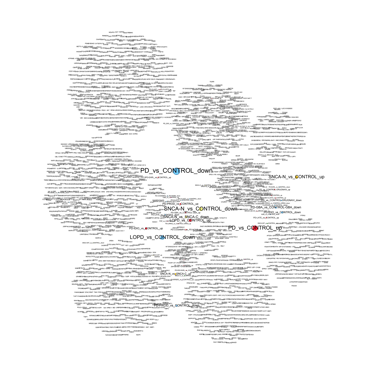
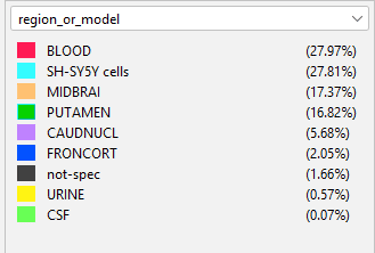

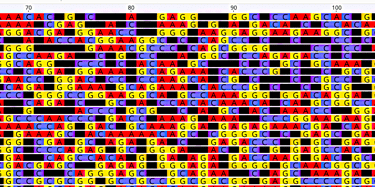
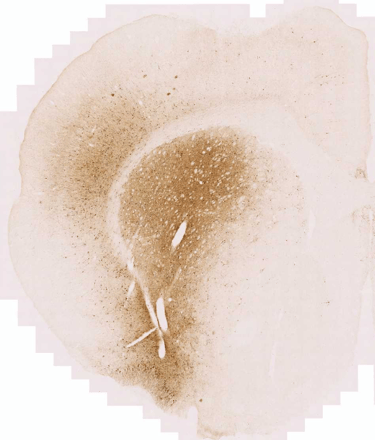
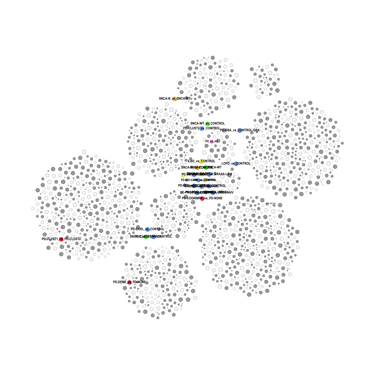

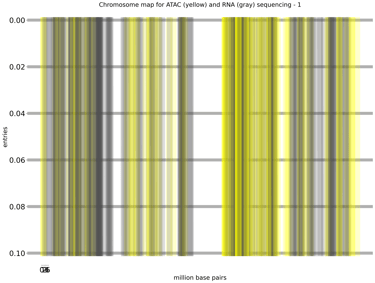
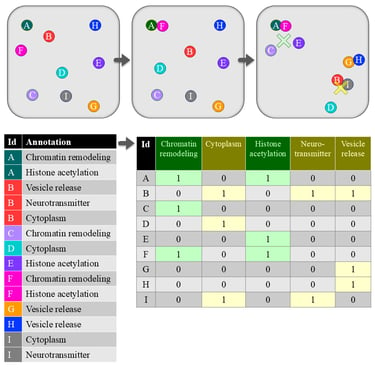
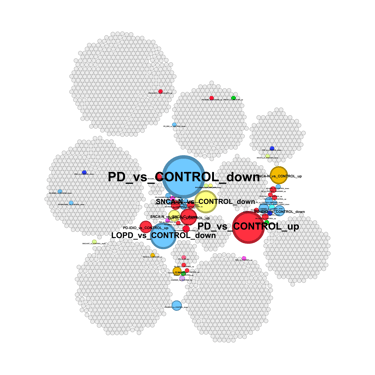
































































Vector Videos Demonstration
3-D modeling of pathology and treatment delivery presents a novel way to view laboratory results. Utilizing MRI stacks for reconstruction and custom computational applications, we create novel visual representations of results. The ability to see structures in three dimensions offers interpretation that may be missed with traditional microscopy methods and laboratory assays. Moreover, these models can be shared and discussed in multidisciplinary teams, fostering collaboration and giving an advantage to planning future research strategies.







Old
Young
Delivery Vector 1
Delivery Vector 2
Delivery Vector 3
Delivery Vector 1 in Young
Delivery Vector 1 in Old
Delivery Vector 2 in Young
Delivery Vector 2 in Old
Delivery Vector 3 in Young
Delivery Vector 3 in Old




Vector Videos Raw Counts
Z-scores are often used for comparisons; however, in disease models it can be equally useful to view raw counts.







Old
Young
Delivery Vector 1
Delivery Vector 2
Delivery Vector 3
Delivery Vector 1 in Young
Delivery Vector 1 in Old
Delivery Vector 2 in Young
Delivery Vector 2 in Old
Delivery Vector 3 in Young
Delivery Vector 3 in Old




Vector Videos Hemisphere Comparisons
These videos offer a view of side-by-side comparisons by artificially pairing treatment conditions in left and right hemispheres.






Young : Old
Vector 1 : Vector 2
Vector 1 : Vector 3
Vector 2 : Vector 3




Young Vector 1 : Young Vector 2
Young Vector 1 : Young Vector 3
Young Vector 2 : Young Vector 3
Old Vector 1 : Old Vector 2
Old Vector 1 : Old Vector 3
Old Vector 2 : Old Vector 3



Young Vector 1 : Old Vector 1
Young Vector 2 : Old Vector 2
Young Vector 3 : Old Vector 3
Vector Videos Subtraction Models
Effectively show changes only in models.






Young : Old
Vector 1 : Vector 2
Vector 1 : Vector 3
Vector 2 : Vector 3




Young Vector 1 : Young Vector 2
Young Vector 1 : Young Vector 3
Young Vector 2 : Young Vector 3
Old Vector 1 : Old Vector 2
Old Vector 1 : Old Vector 3
Old Vector 2 : Old Vector 3



Young Vector 1 : Old Vector 1
Young Vector 2 : Old Vector 2
Young Vector 3 : Old Vector 3
Reference Videos
3-D modeling can help train future generations and explain mechanisms of pathology.






